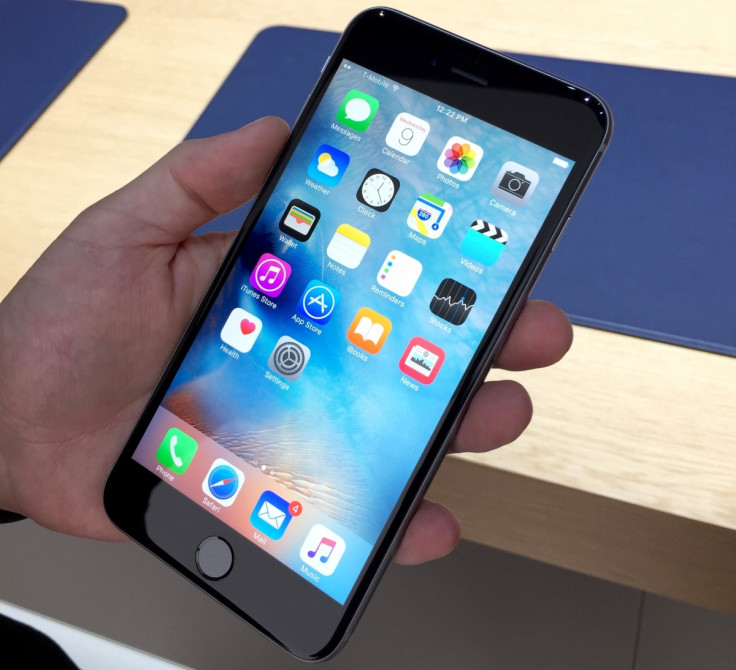iPhone 6s and iPhone 6s Plus first look: Hands-on with 3D Touch

From the outside, there's nothing different about the new iPhones: they're the same size and shape (the camera still sticks out too). There's a new rose gold colour. The changes are inside. Apple has brought its pressure-sensitive technology first seen in the Apple Macbook and Apple Watch to its new iPhones, the 6S and 6S Plus, calling it "3D Touch".
It might take some getting used to. Normally when you press an icon on an iPhone, there's no haptic (touch) feedback; the icon just begins wiggling - the invitation to delete it (by pressing the "x" in its top right corner).

But on the new models, which go on sale on 25 September in 12 countries including the UK, a hard press on an icon generates a subtle "tap" against the fingers holding the phone.
If the app can do something, you feel a single tap on your fingers, and a menu pops up; if it can't (because it hasn't been enabled, or the options don't make sense) there's a subtler triple tap, and nothing happens.
It needs a quite different approach from the normal "delete" push; you have to intend to make it happen. In the few minutes I was able to try it out, I quickly got used to the difference - which is helped by the haptic feedback. Practice would likely make perfect, or at least more familiar.
The "3D Touch" - which seems to use the same technology as the "Force Touch" found in the Macbook and Watch, despite the different branding - also works to switch apps: if you press on the left side of the screen, you get the app switching interface, which in the phones' iOS 9 is a fan of previously used apps. I found this difficult to make work, though that might also be practice.
No end of uses for 3D Touch
Within apps, 3D Touch's haptic feedback gives a pleasing "pop" feeling when you make it work. There's no end of uses - quickly glancing inside an email, bringing up a website mentioned in a message, or checking your calendar against a time mentioned in another message. Third-party apps can also use it: one game on show uses the difference between a normal touch and a "3D Touch" to let you choose whether to fire a gun or a cannon.
It makes the phone feel much more integrated across all the different apps, and reduces the time spent opening apps: you can phone or send a message to your top three contacts without "opening" the phone, or start playing music directly from the home screen.
Live Photos
The "Live Photos" in the camera app capture a segment of the moments before and after the photo is taken; it's a neat way to capture context. Nokia had this some time ago with its own "Living Images" feature, but as with so much it couldn't get any momentum behind it. Apple by contrast will have "Live Photos" uploads to Facebook when the phones are on sale. You can turn Live Photos off in the app; it's on by default.
4K video
You can now film in 4K video - which will delight professional filmmakers (including the BBC, which is a big user of iPhones for its video reporters). For the average user it's less important; the new Apple TV can't play back 4K content, so instead downscales it to 1080p, Full HD.
© Copyright IBTimes 2025. All rights reserved.





















